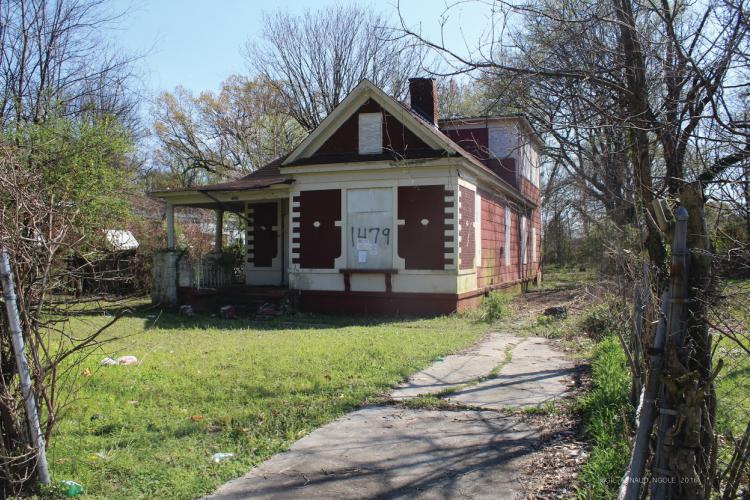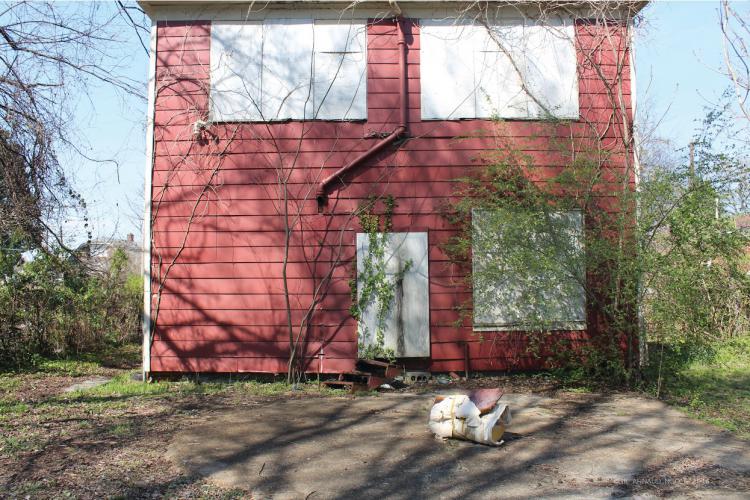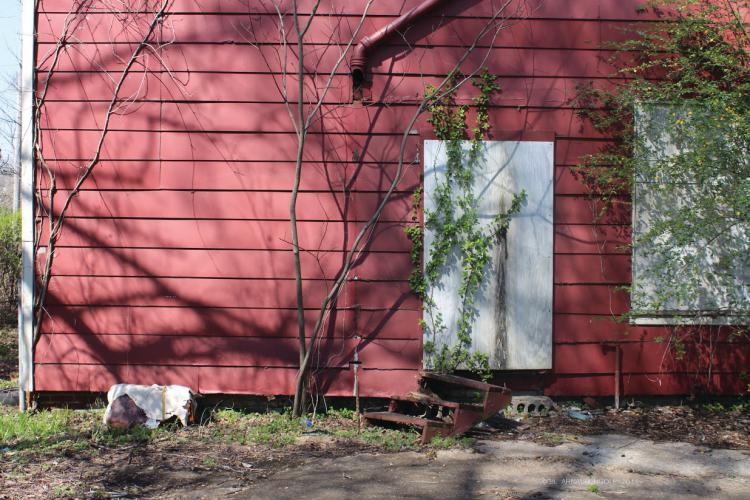Guest post by, Gil Arnaud Ngole, a citizen of the Republic of the Congo, mediator and sound artist, who has chosen to deconstruct Western media representations of forced displacement in the region of Central Africa and reassemble the spectrum of a journey as many sequences of heterochronies. As a mediator Gil presents immersive installations including sound installations, mixed medias bundles, nomadic sculpture and drawings that bear witness and mediate an “out-of-time” experience to the Western viewer.
On the seventeenth year of my life, in June 1997, a few days before I passed my finals in high school, I was relaxing, playing basketball. My journey started when I heard some gun shots coming from the Northern suburbs of Brazzaville, Congo, sounds of a civil war going on. We stayed at home for few weeks because we thought that it would all be over, but in the third week after the power went off, the radio shut down, water was shut off, and embassies were progressively closing, we knew that it was time to go. So we took our car and flew to our father’s best friend who still lived in Sangolo, a district located in the Southern suburbs of Brazzaville.

That event of displacement and taking only what we could bundle together in a moment’s time inspired my work. My plan was to graduate from high school and go to college. But history was gradually transforming me into an artist. I do remember seeing from the window of the car, people of all ages heading to the Southern suburbs of Brazzaville, on foot, by their cars and bicycles. It was a dramatic and traumatic scene, but their colorful clothing kept me distracted. A few months after the end of the conflict, before the beginning of the delayed school year, I took some classes in painting and drawing at the well-known Ecole de peinture de Poto-Poto in Brazzaville. My earlier art projects reflected the tradition of the Congolese Bantu abstract painting and drawing. Many of my early works also conveyed my experience of forced displacement, yet I was not aware about how much it affected and transformed me.

I was introduced to postcolonianism when I was in graduate school at the Memphis college of art. This critical perspective helped me to understand the mind set of African American artists and intellectuals; their perceptions of African culture, and the need to critique western media’s representation of experiences of forced displacement. From a postcolonial perspective, western media’s imagery of forced displaced persons from the region of Central Africa, is similar to the imagery of carriers during the colonial era. In these images for example, you will see slave carriers, in line, following the white master or explorer. Other images will depict only lower classes people fleeing rather than showing middle class or upper class fleeing the zone of conflict. Forced displacement is a universal experience that resonates everywhere. For that reason, I have chosen to only focus on art pieces that speak about fleeing, the presence of an abandoned home, and the absence of home.

Where I am from, people have developed another approach of reality: a nomadic state of consciousness after being exposed to several experiences of forced displacement. This human experience, however, is not reflected in Western media coverage or representations of experiences of forced displacement in the Central African region. Therefore, as a citizen of the Republic of the Congo, mediator and sound artist, I have chosen to deconstruct Western media representations of forced displacement in the region of Central Africa and reassemble the spectrum of a journey as many sequences of heterochronies. Michel Foucault defined a heterochronie as the juxtaposition in a real place of several single spaces, sites that are in themselves incompatible. My heterochronies are accumulation of time in its flowing, and accumulation of performances. The process I use helps me to portray and mirror the decay of refugee belonging because of traveling through various geographical locations and the weather conditions. At this level of my journey, I feel like I am a mediator between the viewer and a situation (nomadic experience).
Each image, in my new representations of displacement, depicts a foreclosed house located in a poor neighborhood, in Memphis Midtown area, and a performing piece. The foreclosed house which is a landmark of the economic crash is used to mirror those houses that were left behind. The bundle in the photograph is made from collected and weathered materials such as isolation weathered foam from an abandoned industrial complex near the rail road; a piece of foam from a couch; a piece of string; and paint. Each material references the belongings that people took when they fled. I mostly collect foam form couches and beds (that are left on the street), because these are what the people took with them (in a hurry) when they fled. Furthermore, the bundle contains the trauma of displacement; a symbol of what they were ‘able to carry in a short amount of time’.

Each installation is meant to be a dialogue between two elements of architecture or two storytellers. One element speaks about a reality that is taking place in Memphis TN and this is used to reflect on the ruins (homes) I saw in Brazzaville in 1997. The other element with its abstractions, is meant to reflect the original bundles that people took when fleeing. Each bundle is made in five minutes - a time frame that reflects the five minutes that the people had to instinctively gather things that were close to them, and run. I also produce Midnight Walks which are random performances that I engage in to identify the foreclosed house that I will be using as mediator, and to collect materials for the bundles. Overall, I create site-specific work using materials and architectures that I find in Memphis TN, to reflect or mediate some places and objects that I saw in Brazzaville 1997.
Any comments about this post? Get in touch with us! Send us an email, or post a comment here or on Facebook. You can also tweet us.
__________
How to cite this blog post (Harvard style)
Ngole, G. A. (2017) Silent and Beautiful Conversations Here and There. Available at: https://www.law.ox.ac.uk/research-subject-groups/centre-criminology/centreborder-criminologies/blog/2017/04/silent-and (Accessed [date]).
Share:








